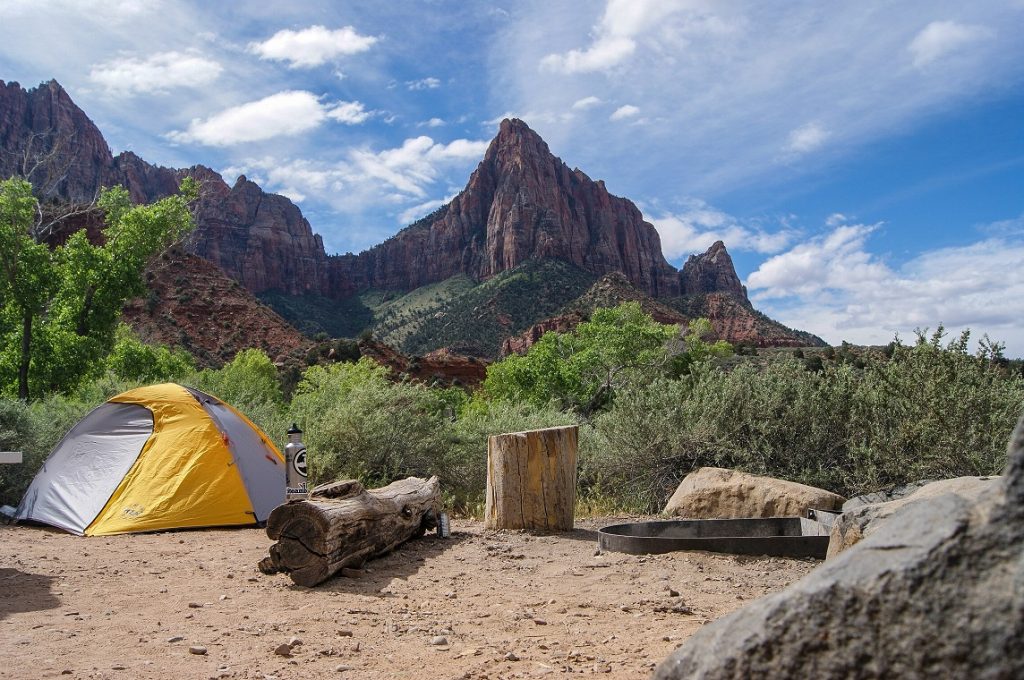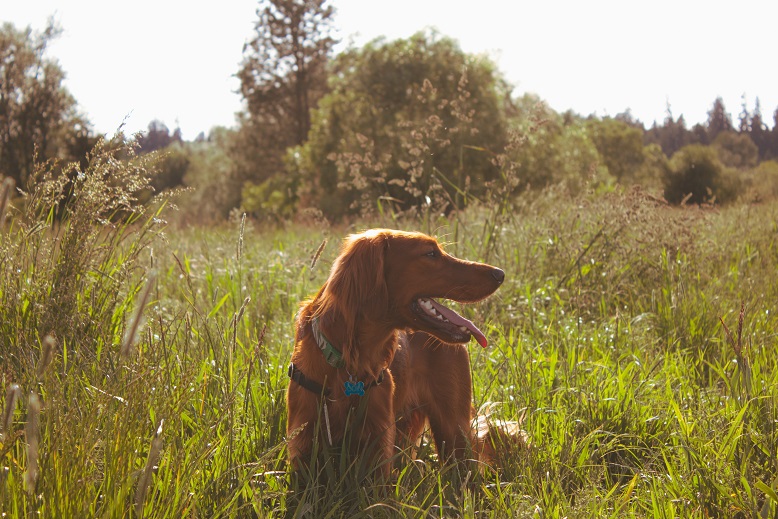
Wilderness Encounters of the Turd Kind
Table of Contents [Show]
Our wild spaces can't take any more of our crap.
During the 2018-19 Federal shutdown, severe staff reductions at our National Parks led to overflowing pit toilets and piles of human waste on the roadsides. When the parks reopened, the cleanup costs kneecapped funding for critical maintenance projects. The snowball effect could gain momentum for years to come, according to the January 2018 National Geographic article "National Parks Face Years of Damage from Government Shutdown" by Sarah Gibbens.
And that's not the only problem gaining steam.
"The typical person produces... an average of one pound of solid waste per day. The National Park Service reported nearly 331 million recreational visits in 2017. It isn't hard to do the math." — Vice
Stories about poo and our Parks became topics for water cooler banter during the shutdown, but our National Parks were hardly pristine before the financial crisis. And before you roll your eyes and start pointing fingers at tourists who stick to paved roads and improved camping loops, listen to this: Backcountry hikers are just as bad. Probably worse, since we should know better.
Leave No Trace: It's Not About Skidmarks, Folks
In "America's National Parks Are Being Ruined by Human Poop", Vice's Gray Chapman found evidence that a significant number of backcountry visitors either don't know about LNT principles and poo-burying recommendations, or they just don't care. Then there are those stuck in the middle. Instead of digging six to seven-inch-deep catholes, they're digging shallow graves, or hiding their turds under rocks or sticks. It reminds me of a friend's five-year-old who, at dinnertime, would "hide" his vegetables in his lap.
The Leave No Trace concept has been around far longer than the multiagency conservation organization of the same name, so there's no excuse.
If people can remember toilet paper—and clearly they do, given how many two-ply tumbleweeds line the trails—they can remember to bring a trowel for feces, and a baggie for used tissue and hygiene products. If they knew they had alternatives, they might be more inclined to embrace bathroom best practices.

Park Poop Pack-Out Pre-Runner: Shasta-Trinity Hit the Target
What's better than burying your waste? Taking it with you. Well, it's better for the environment and your fellow hikers, anyway, and it's not as gross as it seems if you're prepared with the right packaging.
I can't believe it's been about 20 years since I first read about Shasta-Trinity National Forest's newsworthy and surprisingly hilarious "pack it out" campaign. They established a mandatory don't-leave-a log policy in 1996. To boost compliance—and awareness—they came up with a clever strategy: Pass out free containment kits that make pooping fun... and possibly competitive!
Here's how the Associated Press (by way of the Billings-Gazette, who still has the piece online) laid it out for us in 2002: "Each sealable plastic bag contains lined paper bags and an 11-by-17-inch instruction sheet marked with a bull's eye on the opposite side. The sheet is pinned to the ground with rocks or snow. After the target is struck, the sheet is rolled like a burrito, stuffed in the first paper bag, placed in the second bag and then deposited in the plastic bag."
These kits are free, and available at most North American climbing peaks, including Whitney and Denali.
Not All Brown Trout Should Be Released Into the Wild
By all means, bag your limit.
Most rivers require that rafters and kayakers bring along their own waste containment systems. I call them "steamer trunks." To everyone else, they're "groovers" because back in the 70s they were made from army surplus ammo or shoulder-mounted 50mm rocket boxes. If you sat directly on the rim, you'd get grooves on your cheeks. This design remains popular today.
More modern designs include anything from roto-molded, all-in-one, gasket-seal tanks with toilet seats (loo with a view!) to hiker, climber, and kayaker-friendly DIY canisters made of PVC pipe. With the latter option, you can either line the tube and make a direct deposit, or individually wrap and use the canister as a carrying container.
Clearwaste sells an off-the-shelf disposable version, as well as the original and highly-packable Waste Alleviation and Gelling ("WAG") bag. WAG bags are designed to serve as liners for folding camp toilets, but they work just fine without them. Plus, each kit comes with toilet tissue and a sanitary wipe. Brian Green of Brian's Backpacking Blog shows you how to use WAG bags, without actually showing you. Clearwaste's kits are extremely popular for river trips when the main groover's packed up for the day.

Cleaning Up After Your Four-Legged Trail Mates
I don't have to tell you about the hazards attributed to untreated human waste, but in addition to the ick factor, dog poo is dangerous stuff. While this study focuses on the urban environmental hazards posed by dog feces, all the implications apply to the wilderness setting. Like human waste, dog poo can take a year or more to decompose. Some people think it's no different from coyote or wolf poop, but that's far from the truth. Dog waste contains microbes and pathogens harmful to native species.
Did "WAG Bag" make you think of your pet? If you take him along, you'll find them extra handy. When it's time for you to use one, toss in any biodegradable dog doo bags he's filled up during the day. And speaking of doggie bags, the Rover.com breakdown of misleading labeling practices of "green" pet waste bag manufacturers is definitely worth a read.
Poop Jokes Aside...
Hikers, climbers, and paddlers have already blazed the pooping-in-the-wild trail. There are far too many options for packing out and disposing of your waste, and no excuse to be unprepared.
We may not have come up with any earth-shattering groover improvements, but we do design our outdoor clothing for durability, comfort, and style. If we weren't committed to our environment, though, we wouldn't be a good fit for KÜHL folks like you. Learn more about our values and our sustainability practices, and bookmark our Born in the Mountains Blog for adventure inspiration and backcountry best practices.
Featured image by Jonathan Larson.


